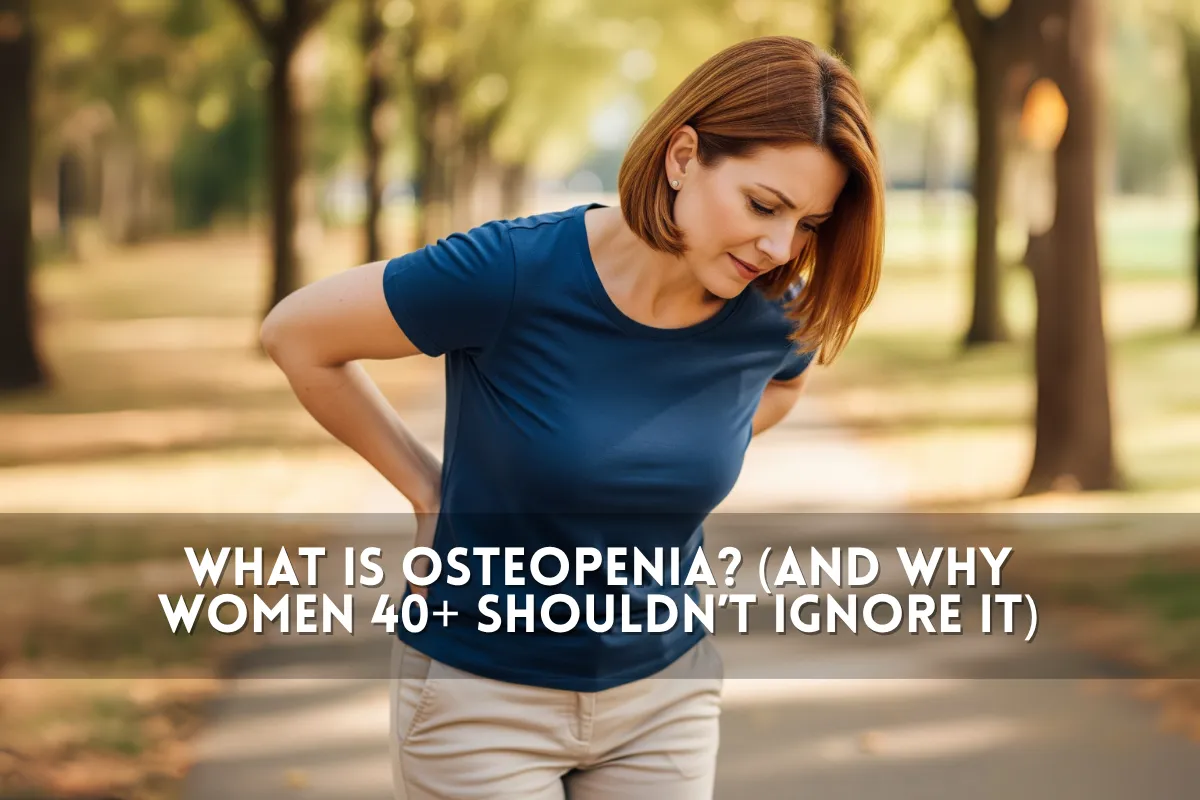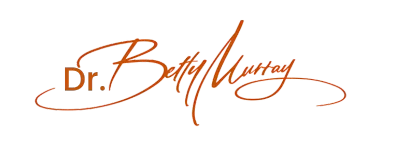
What Is Osteopenia? (And Why Women 40+ Shouldn’t Ignore It)
What Is Osteopenia? (And Why Women 40+ Shouldn’t Ignore It)
Let’s talk about bones—because if you’re over 40 and heading into perimenopause or menopause, your skeleton is going through some serious hormonal shifts, whether you feel it or not.
Osteopenia is the silent warning sign your body gives before full-blown osteoporosis shows up. It means your bones are already losing density. They’re not fragile enough to break easily yet, but they’re heading in that direction unless you do something about it—now.
The Hormone-Bone Connection
Here’s what your average doctor might not tell you: Estrogen plays a major role in bone density. When estrogen levels drop (hello perimenopause), your bones start to lose calcium and other minerals faster than your body can replace them.
That’s why osteopenia shows up like clockwork for women 40+, especially after menopause. And if you’ve had early menopause, a hysterectomy, or your ovaries removed? Your risk skyrockets.
Who’s at Risk for Osteopenia?
Sure, aging is a factor. But the real risks look more like this:
Early menopause or surgical menopause
Low estrogen or hormone imbalances
Family history of osteoporosis
Thyroid disorders (like an overactive thyroid)
Eating disorders or chronic low body weight
Poor calcium or vitamin D intake
Smoking or heavy alcohol use
Long-term use of certain meds (like corticosteroids or anti-seizure drugs)
Even if you’re active and healthy, if your hormones are in flux (and they are), you could be walking around with bone loss and not know it—until you fracture a hip or spine with something as simple as a stumble.
How Do You Know If You Have Osteopenia?
You can’t feel it. You won’t see it. But you can test for it.
A DEXA scan (Dual-Energy X-ray Absorptiometry) is a quick, painless scan that checks your bone mineral density (BMD). Think of it as your bone health baseline—and your early-warning system.
What to Do If You Have Osteopenia
This is your wake-up call. Don’t wait until it becomes osteoporosis. Functional medicine looks at root causes—not just calcium intake.
We’ll evaluate:
Hormone levels (especially estrogen and progesterone)
Inflammation markers
Gut health and nutrient absorption
Vitamin D, magnesium, and K2 levels
Lifestyle stressors and activity levels
Treatment & Prevention, The Functional Way
Here’s what we focus on:
Bioidentical hormone therapy to stabilize bone metabolism
Targeted supplements (calcium alone won’t cut it)
Weight-bearing exercise to build bone strength
Nutrition that supports bone and hormone health
Cutting out bone thieves like smoking, excessive alcohol, and stress overload
Bottom Line
Osteopenia is your body whispering that your bones need support—before they start breaking. Don’t wait for a fracture to wake you up. The earlier you intervene, the stronger and more vibrant you’ll stay as you age.
Your Next Step
Want to know where your bones really stand—and how your hormones might be impacting your risk? Let’s test, not guess. We’ll create a plan that protects your bones and boosts your vitality.


